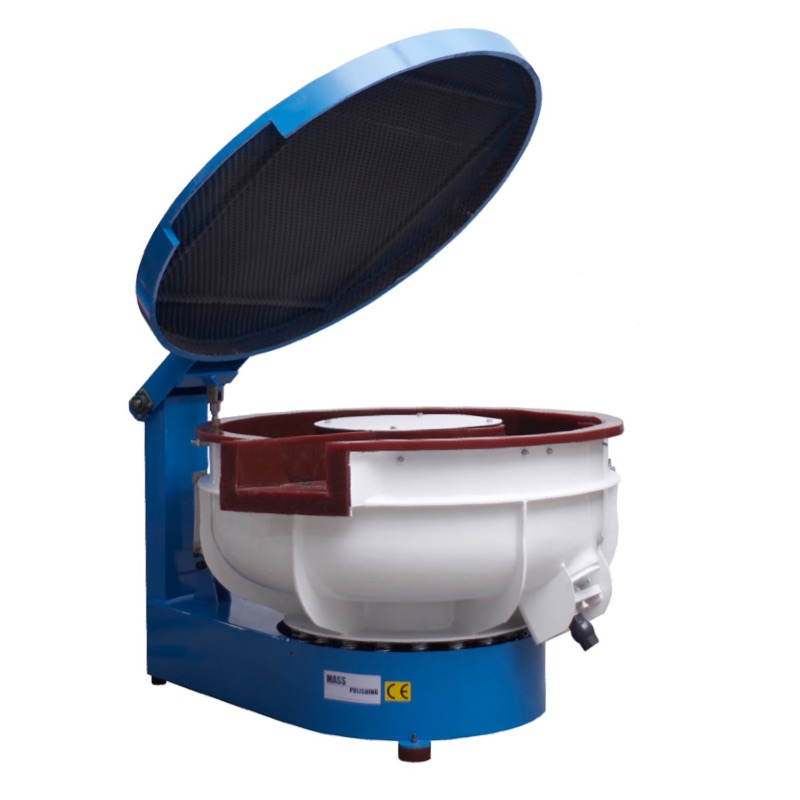
A vibratory tumbler is a handy machine that many companies use to mass-finish their products. This machine can be used for a variety of tasks, including deburring, cleaning, descaleing, and polishing the surface of a workpiece. This type of machine is very efficient and does not require a lot of training to operate. There are several different types of vibratory tumblers on the market, and it is important to choose the right one for your needs. Some of the most popular types include the vibratory tumbler with wet/dry operation, the rotary/vibratory combo tumbler, and the rotary/vibratory dual finishing machine. Each of these types has its own unique set of benefits and uses, but they are all effective at the same job: producing a clean, polished finish on metal or plastic workpieces.

The main difference between rotary and vibratory tumblers is that a rotary tumbler uses a barrel that rotates during the tumbling process. This allows the tumbler to be used to finish parts with complex shapes and can accommodate long pieces. Vibratory machines, on the other hand, are more suitable for delicate and soft materials since they preserve the shape of the workpieces being processed. The vibratory action also reduces cycle times and consumes less media than rotary tumblers.
When choosing a tumbler it is important to know the different finishes that can be produced and the characteristics of the materials you are working with. A rotary tumbler is best for rough, coarse, and pre-polish stages of tumbling while a vibratory tumbler works well for finer and smoother stages. If you are unsure of what type of tumbler to choose you should experiment with both types and see which is better suited to your needs.
If you are interested in purchasing a tumbler for your shop or home you will need to consider the cost of the equipment and the media that you will need. Vibratory tumblers are usually a little more expensive than rotary tumblers but not prohibitively so. The initial cost of a vibratory tumbler is offset by the lower electricity costs that are associated with them as they require less time to perform the tumbling process than rotary machines.
In addition, the first step of coarse grit is skipped in a vibratory tumbler which means that you will need less of the tumbling media than you would with a rotary machine. This will help to save you money in the long run and keep your tumbler running at peak performance for longer.
To get started with a vibratory tumbler you will need to add the required amount of silicon carbide tumbling media and water to the bowl. You should start with the recommended amounts from your tumbler's instruction manual and then adjust as needed. It is a good idea to keep track of the amounts that you use so that you can be sure that your tumbling process is consistent. The tumbling action will cause the water to evaporate a bit as it is being processed so you may need to add more water from time to time in order to maintain the proper consistency.